Solutions ouvertes et fermées en impression 3D
Trois types de solutions existent sur le marché des systèmes d'impression 3D professionnels :
- Solutions intégrées ou fermées, qui sont ceux pour lesquels le fabricant fournit des équipements, matériels et logiciels destinés à fonctionner ensemble. Lors de l'achat d'une solution intégrée, il n'est pas possible d'utiliser des logiciels ou des matériaux d'autres fabricants.
- Solutions ouvertes, lorsque le fabricant fournit un équipement compatible avec les matériaux et les logiciels d'autres fabricants.
- Solutions intégrées avec possibilité d'utiliser des matériaux externes. Il s'agit d'une solution intermédiaire, généralement avec certaines limitations en ce qui concerne l'utilisation d'autres matériaux ou logiciels.
SOLUTIONS INTÉGRÉES OU FERMÉES
L'un des exemples les plus représentatifs de telles solutions est Formlabs. Le fabricant de solutions intégrées propose généralement des produits qui englobent des systèmes d'impression 3D ainsi que des équipements, des logiciels et des matériaux de post-traitement.
Le principal avantage de ce type de système est que tous les produits ont été développés pour fonctionner ensemble, ce qui signifie qu'il n'est pas nécessaire d'affiner et d'optimiser les paramètres d'impression. Il garantit également que tous les matériaux disponibles sont compatibles.
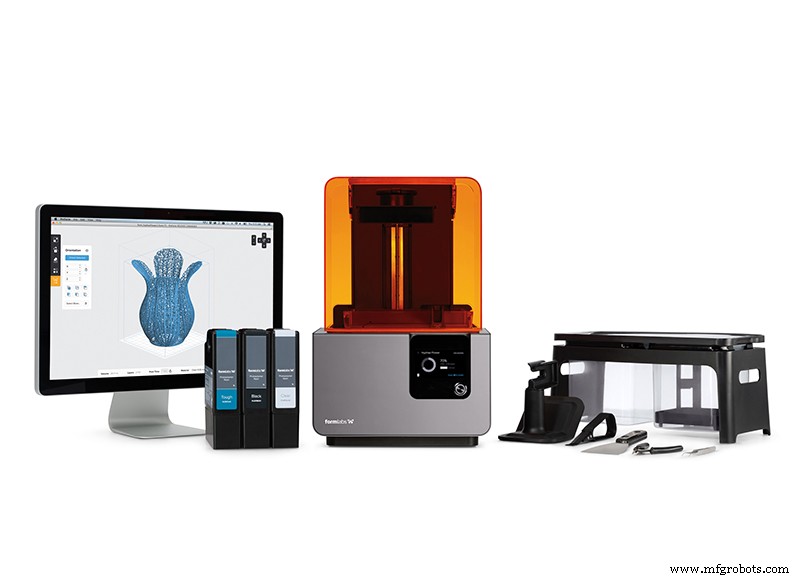
Image 1 :Forme 2 et accessoires. Source :Formlabs
En conséquence, ces systèmes sont très fiables et reproductibles, ce qui se traduit par une augmentation significative des performances. Une autre caractéristique importante est que les nombreux paramètres de configuration et valeurs modifiables sont généralement réduits au minimum, ne nécessitant que la sélection du type de matériau du fabricant et quelques paramètres de base. Cela le rend beaucoup plus simple à utiliser et ne nécessite pas beaucoup de connaissances techniques de la part des utilisateurs.
Cependant, ce ne sont pas tous les avantages. Ce type de système a deux limites à considérer. D'une part, le coût des matériaux et des consommables est généralement considérablement plus élevé. En revanche, l'utilisateur est limité à n'utiliser que les produits du fabricant.
SOLUTIONS OUVERTES
Les solutions ouvertes n'impliquent pas de matériel ou de logiciel open source. Cela fait référence aux fabricants qui fournissent des équipements prenant en charge les formats de support standardisés et les fichiers d'impression universels. This category includes all printers that support universal CNC programming languages such as .gcode and materials from any manufacturer, regardless of whether the equipment is open source or proprietary.
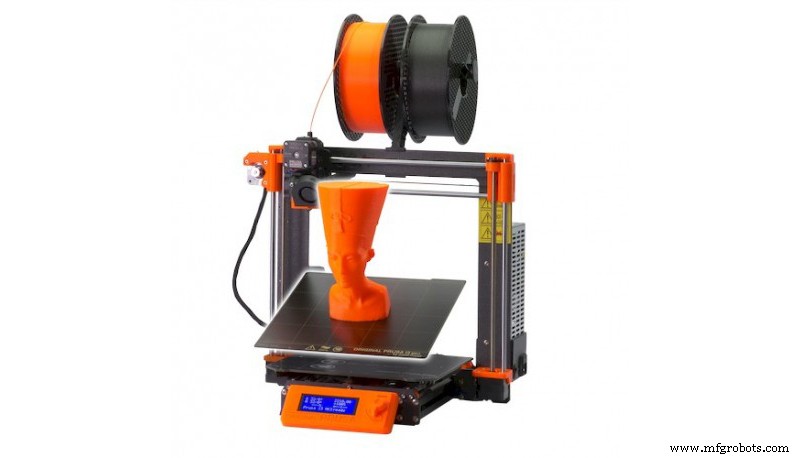
Image 2:Prusa MK3S 3D printer. Source:Prusa
This does not imply that the manufacturers themselves cannot also offer materials and software, which they usually do, but they do not restrict the use of their equipment to these.
The main advantage of this type of solutions is their high compatibility and the fact that they have the widest range of materials, limited only by the technical characteristics of the equipment itself. Moreover, in the case of using equipment from different manufacturers, it is possible to centralise everything in the same software without the need to use a specific one for each piece of equipment.
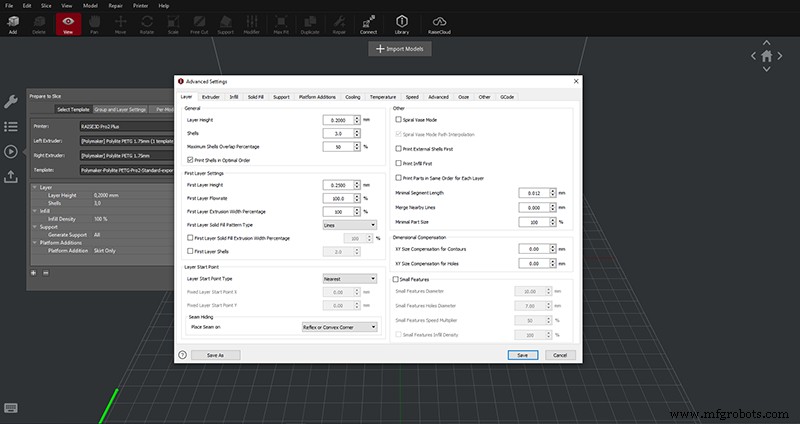
Image 3:Raise3D Ideamaker software configuration window. Source:Raise3D
The main disadvantage is that the printing profiles generally need to be fine-tuned and optimised for each material, which is time-consuming and expensive. In addition, a change of material supplier or even a reformulation of a material from the same supplier implies a new optimisation of profiles. This means that achieving the same reliability and reproducibility that integrated solutions provide requires continuous work and a thorough knowledge of materials and suppliers.
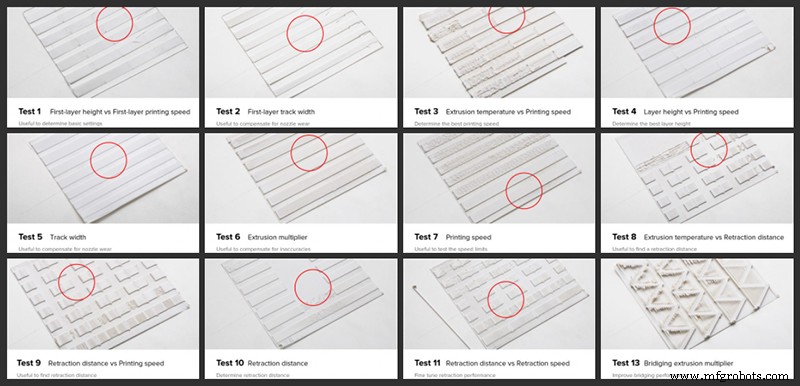
Image 4:Examples of optimisation. Source:3DOptimizer
Some companies offering such solutions are Prusa, Raise3D or UNIZ.
INTEGRATED SOLUTIONS WITH THE POSSIBILITY OF USING EXTERNAL MATERIALS
This is an intermediate option to the previous ones. They consist of integrated or closed solutions, with proprietary programming languages, but which also allow the use of third-party materials . Due to the use of proprietary languages it is necessary to stick to the software provided by the manufacturer.
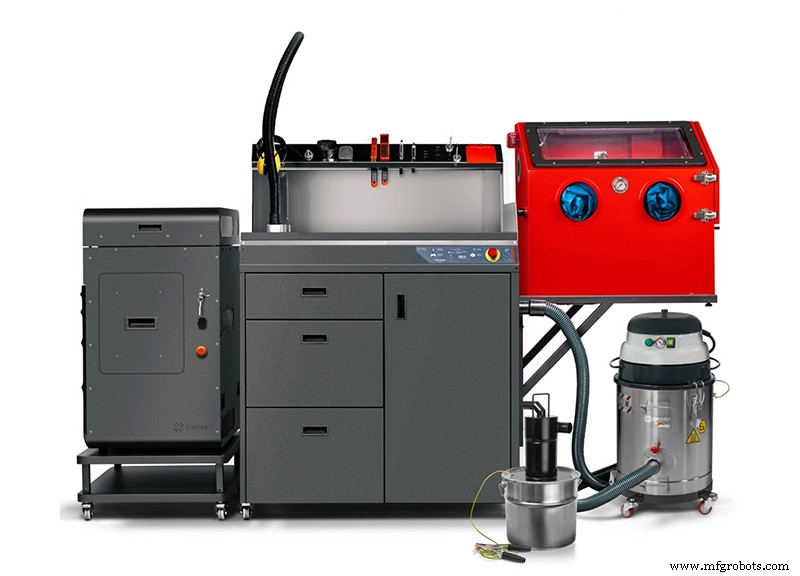
Image 5:SLS Lisa Pro 3D printer and accessories. Source:Sinterit
They have all the advantages of closed solutions but fewer drawbacks. Without having the wide compatibility of materials available in open solutions, they open up the possibility of using a wide range of materials from other manufacturers.
The trade-offs of this type of solution are minimal, with its main disadvantage being that the software generally has fewer configuration options, which can make it difficult to achieve good optimisation of other manufacturers' materials.
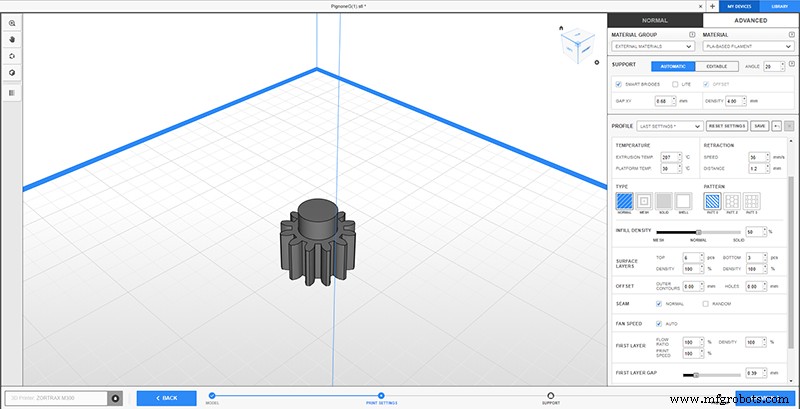
Image 6:Settings for external materials in the Zortrax Z-Suite software. Source:Zortrax
Representative examples of such solutions are Zortrax or Sinterit. Both offer a wide range of perfectly optimised materials, but also allow the use of materials from other manufacturers.
THE MOST APPROPRIATE SOLUTION
There are high quality solutions in all three groups and it would be wrong to consider one as better than the other. In order to select one or the other, the specific needs of each user must be analysed.
Users who are not specialised in additive manufacturing and are looking for a simple and efficient system will find integrated solutions and integrated solutions with a choice of external materials the best option. The implementation of this type of system is immediate and does not require in-depth technical knowledge . Although the costs of this type of solution may at first glance seem much higher than open solutions, in the long run the savings in optimisation time and material costs can compensate for this.
In the case of specialised users, with knowledge of additive manufacturing and materials, who require the use of very specific or experimental materials, they will find the above solutions to have significant limitations. This is why open solutions are a more versatile option despite the ongoing optimisation and fine-tuning tasks.
impression en 3D
- matériaux d'impression 3D pour les voyages dans l'espace ?
- Impression 3D et Formule 1 :5 tendances dans le sport automobile
- Matériel, matériaux et logiciels :les 3 piliers du succès de l'impression 3D
- 8 matériaux innovants pour l'impression 3D industrielle [2018]
- Solutions d'impression 3D pour les sociétés pétrolières et gazières
- 10 matériaux les plus solides pour l'impression 3D
- Matériaux d'impression 3D biodégradables
- Guide de sélection des matériaux d'impression 3D
- Matériaux de poinçonnage et matrices et solutions d'outillage



